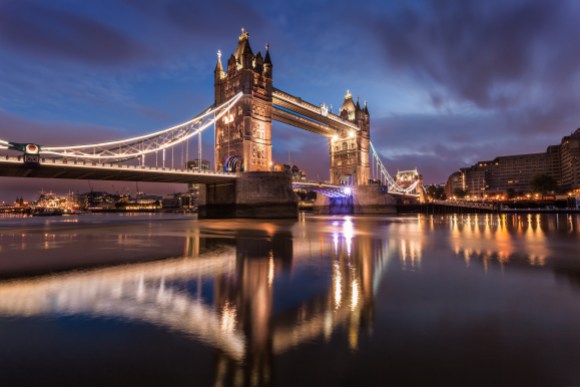
Wiki Loves Monuments (WLM), the largest photography competition in the world, aims to document the monuments and cultural heritage sites of today for others to enjoy tomorrow. For the 2016 competition, being held this month, participants from more than forty countries will photograph tens of thousands of monuments to make them freely available for anyone to view, enjoy, and learn from on Wikimedia sites.
This contest has real-world impact in preserving cultural history, which is often under threat from physical, political, and other outside forces. The minaret of the Great Mosque of Aleppo, for instance, was captured in one of the ten images Syria sent on to the international Wiki Loves Monuments competition in 2014. The mosque itself was one of the oldest in Aleppo, and its minaret, built in 1090, was “quite unique in the whole of Muslim architecture.”
But even before the photograph was submitted to the competition, the minaret had been destroyed amidst the country’s civil war.
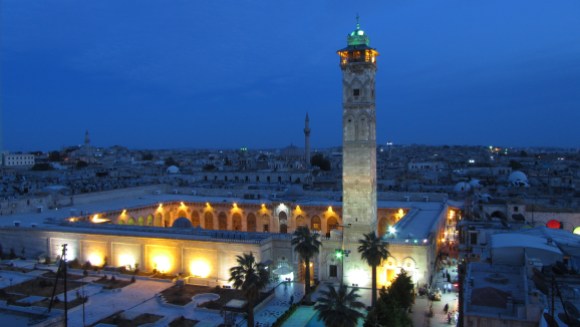
A thousand miles to the north, the house of Ukrainian composer Yaroslav Yaroslavenko, a building recognized for its historical significance, was knocked down in 2008 for a multi-story residential complex. Similarly, two Ukrainian churches, built in 1670 and 1732, burned down in 2006 and 2008.
However, photographer Yuri Voloshchak captured Yaroslav’s house before it was demolished. Other photographers had taken photos of the churches before they were lost to history. All uploaded the photos as part of Wiki Loves Monuments.
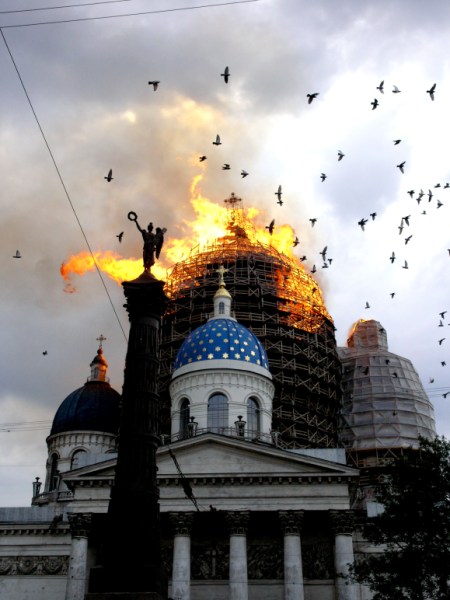
In other parts of the world, different forces are at play that impact the ability to document, preserve, and share photos of monuments with the world. Legislation that limits freedom of panorama, the right for people to capture and share, online or otherwise, the beauty and art of their public spaces, can make it more difficult to participate in Wiki Loves Monuments.
“For each monument, you would have to seek permission from the architect or find their date of death to determine whether you could upload a photo,” said Romaine, a Belgian organizer of Wiki Loves Monuments. “It was holding people back from participating in the competition and sharing free knowledge.”
In July 2016, thanks in part to Wikimedian-activists, more than 1500 images were restored on Wikimedia Commons when Belgian copyright law was amended in support of freedom of panorama.
In Italy, Wikimedians have to seek permission to document specific monuments for the competition. Wikimedia Italy contacted more than 8,000 Italian government and private bodies this year to approve specific monuments that could be documented in each region. Of those contacted, 567 replied, approving a total of 6,011 monuments for the 2016 competition—but this is a total that Wikimedia Italy has grown significantly each year.
Without this enormous effort, monuments in Italy and many other countries can’t be documented or shared.
“Wiki Loves Monuments offers a unique opportunity for people around the world to discover their local heritage and share it with the world through Wikipedia.” said Lily, one of the international organizers for the contest. “I’m particularly excited about Belgium, as this year will be the first year they can photograph all monuments, thanks to a recent new law protecting the freedom of panorama.”
Across the world, Bangladesh is taking part for the first time this year. Bangladesh has 452 government-listed archeological sites, most with no freely licensed images, according to Nahid Sultan of Wikimedia Bangladesh, an independent organization that works to advance the Wikimedia movement. “We have been trying to create a freely licensed image database in Wikimedia Commons for all Bangladeshi archaeological sites,” Sultan says. “Wiki Loves Monuments is the perfect chance.”
You can join these volunteers in documenting your country’s history. More than 1.5 million photographs have been uploaded in the six years Wiki Loves Monuments has been run. This year, organizing teams in over forty countries have coordinated with state and local governments to participate in the contest, including first-time participants Bangladesh, Georgia, Greece, Malta, Morocco, Nigeria, Peru, South Korea, and Turkey.
WLM begins in most countries on 1 September and ends on 30 September. The winners will be announced in December 2016, and the photographer behind the top photo will be given their choice of €1,000 or a contribution of up to €2,000 towards a trip to Wikimania 2017 in Montreal, Canada.
Find your country and start uploading! Some of our favorites, including finalists and winners from the last few international competitions, are below and on our Pinterest board.
Perhaps your photo will join them next year.
Samantha Lien, Communications Associate
Ed Erhart, Editorial Associate
Wikimedia Foundation
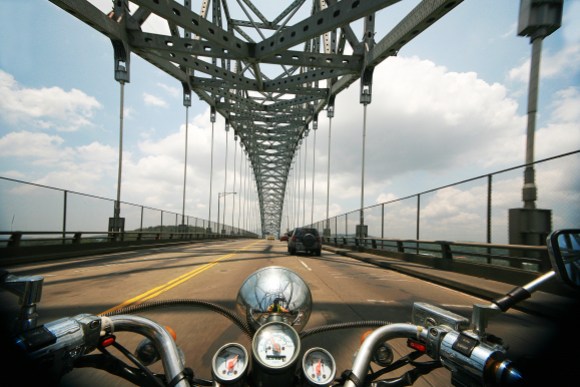
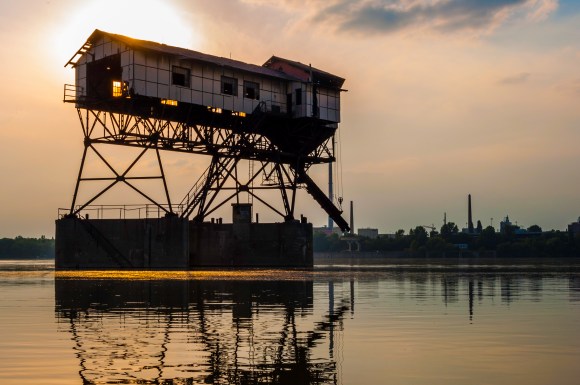
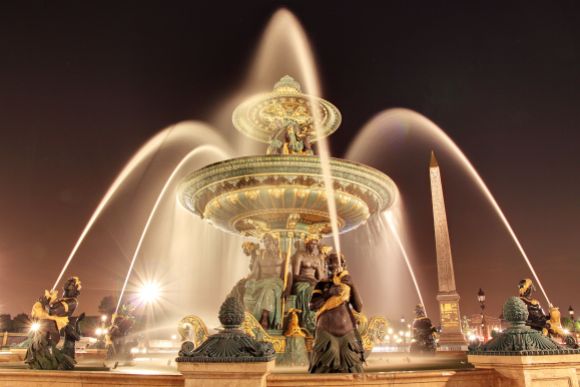
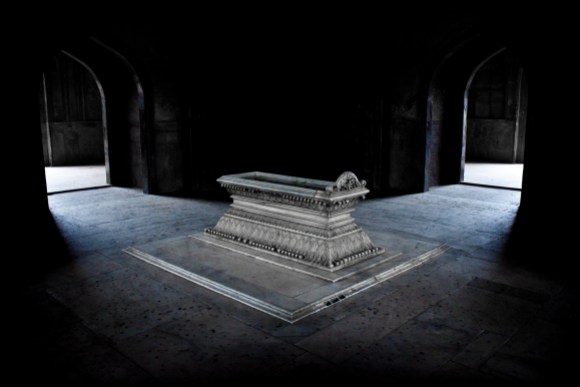


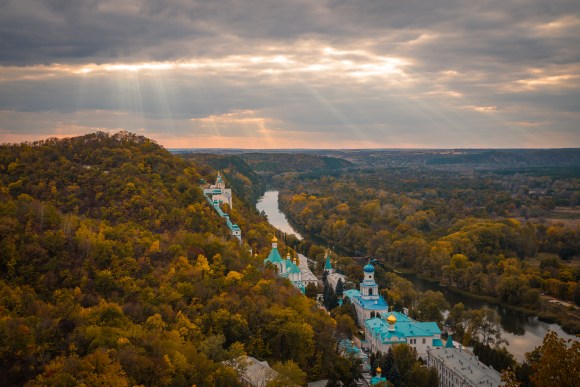

Can you help us translate this article?
In order for this article to reach as many people as possible we would like your help. Can you translate this article to get the message out?
Start translation